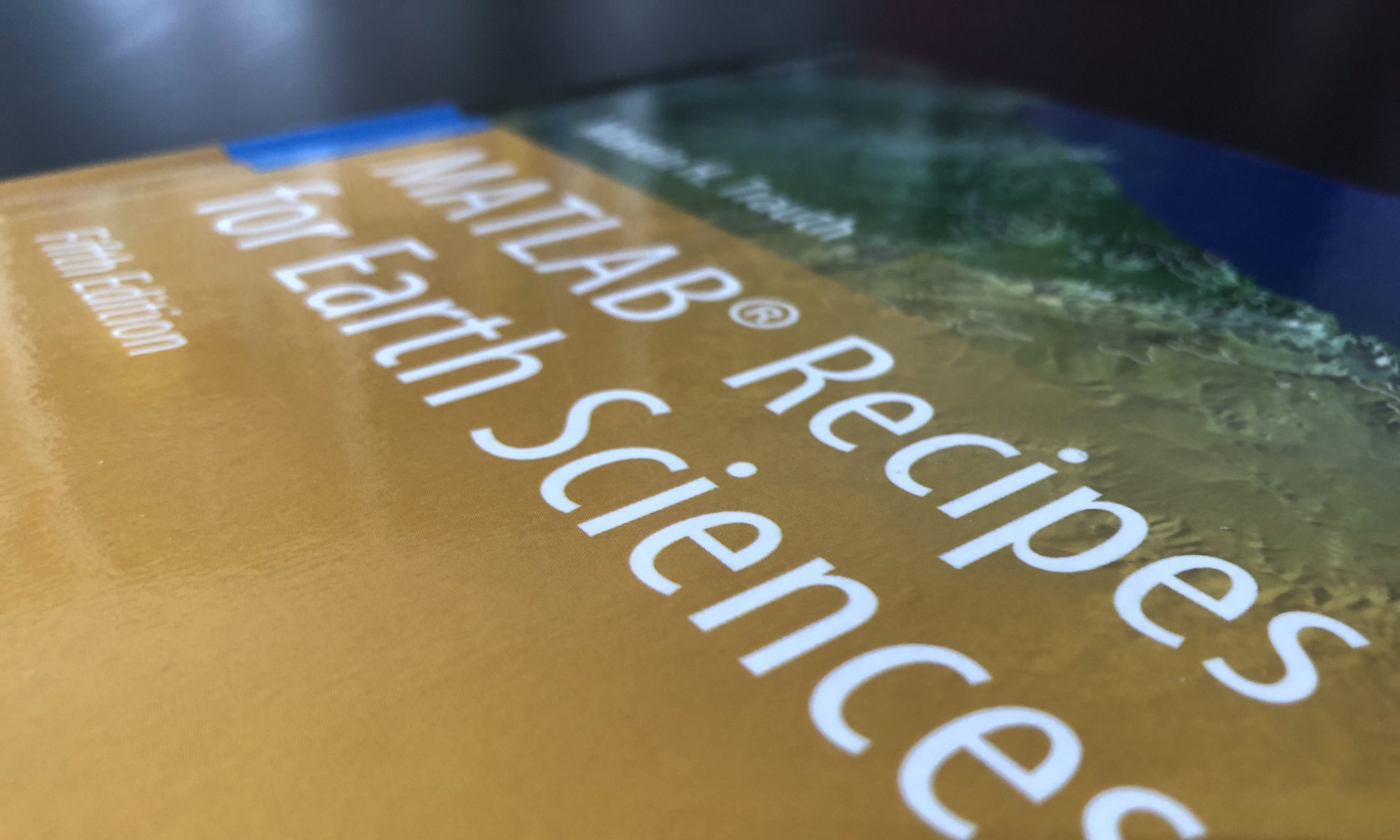The following exercise is intended to help to understand the measurement of the orientation of linear and planar structures in the field, using the magnetometer and the gyroscope of the smartphone. We will carry out a large number of repeated measurement, not possible with a traditional compass in a reasonable time. These repeated measurements will be statistically evaluated and interpreted with regard to their accuracy and precision.
Exercise “Dip and Dip Direction using Smartphones”
1. Use a smartphone to perform repeat measurements of the orientation (azimuth, pitch) of an inclined wooden board on a table.
2. We use the azimuth, measured between –180 and 180 degrees to true north, as an estimate of the dip direction, measured between 0 and 360 degrees, and the pitch, measured between –90 and 90 degrees, as an estimate of the dip, measured in the same range.
3. Display the data as a time series (azimuth and pitch vs.s time) and a scatter plot (azimuth vs. pitch). Calculate and display the measures of central tendency and dispersion of the replicate measurements.
4. Interpret the result with regard to its suitability for surveying geological phenomena.
Solution “Dip and Dip Direction using Smartphones”
1. Place a wooden board inclined 20 degrees southeast on a table. Launch MATLAB Mobile on your smartphone and use the digital compass to measure the device’s orientation (azimuth, pitch, roll) over a period of 60 seconds. Save the measurements on the MATLAB Drive in a .mat file.
2. Launch MATLAB Desktop on your computer and import the data. Set the measured values of the azimuth, pitch and roll in a time series, i.e. the individual measured values over time in seconds. The values are given in the range –90 to +90 degrees to true north, so if the board is tilted southeast by –30 degrees we have to add 180 degrees to the values to get the actual direction of ~150 degrees.
3. Calculate the geographic and cartesian means and standard deviations, ignoring the fact that the data are not Gaussian/von Mises distributed, as well as the dimensional kernel density. Display the data in a scatter plot, with azimuth as x-axis and pitch as y-axis, where the color of the points in the scatter plot corresponds to the kernel density. Mark the mean values and the maximum kernel density in the plot.
4. Display the data in a scatter plot, with azimuth as x-axis and pitch as y-axis, where the color of the points in the scatter plot corresponds to the time during the measurement. Mark the mean values and the maximum kernel density in the plot.
5. The representation of the kernel density (green dot) of the data or the data under consideration of time shows that the maximum kernel density is the better measure of central tendency compared to the mean (red dot) of the non-Gauss/von Mises distributed data.
6. In comparison to traditionally measured values of dip and dip direction, despite the clear drift, the measured values are much more accurate and precise, and obviously suitable for geological measurements.
Download the MATLAB script and example file.

